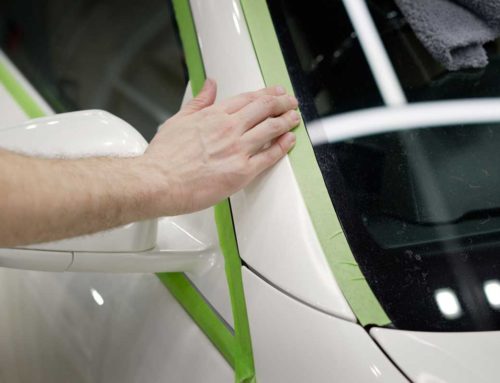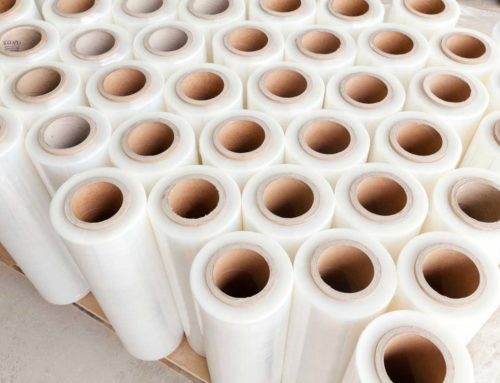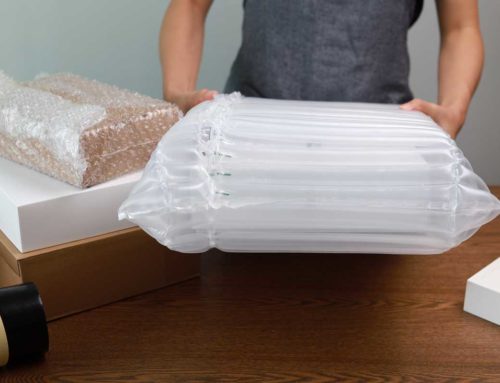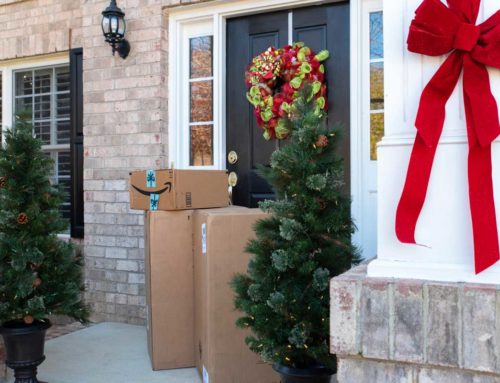What is Plastic Food Wrap?
Plastic food wrap, also known as cling film, is a kind of plastic that has been specially made for wrapping food. It is not just for storing food, though. Plastic wrap can be used for cooking as well as cooling and refrigerating. In general, you want to look for food plastic wrap that is BPA-free and PVC-free.
Pros of Plastic Wrap
While there are a number of options available for protecting your food from air, water, and unwanted microbes, few of them compare with plastic wrap. Here are a few reasons why plastic wrap is more effective than other forms of food protection: – It seals tight on any container. Whether you’re using a fancy tupperware container or a simple sandwich bag, you can rest assured that your food will stay sealed up tight. With some containers, you may need to press down on the edges of plastic wrap in order to get it all nice and tight—but once it’s in place, it won’t be going anywhere! – Unlike paper products such as tin foil or wax paper, plastic doesn’t absorb moisture—which means that anything wrapped in plastic stays fresh much longer than its unplasticized counterparts.
Disadvantages of Plastic Wraps
As with any product, there are disadvantages. Over time, plastic wrap can become brittle or crack, causing it to lose its effectiveness. Also, repeated use on oily foods can cause stains and spots on your wrap. So if you’re using plastic wrap for an oily dish like baked fish or fried chicken, be sure you’re washing your wrap regularly in warm soapy water to keep it in good condition.
How to Use Plastic Wrap
Plastic food wrap, better known as cling film, is one of those handy kitchen gadgets you can’t live without. From covering plates before microwaving to sealing leftovers in an airtight container, plastic wrap makes life so much easier. However, using plastic wrap can sometimes seem daunting. Luckily for you, there are a few tips and tricks that will have you wrapping with confidence in no time! Here are some easy ways to use plastic wrap correctly every time
- Most people tend to wait until they pull out their roll of plastic wrap but it’s best to unwrap your plastic ahead of time. If you don’t unwrap it first, not only will it be difficult to grab once you need it but food particles or oils from your hands could transfer onto your roll. When purchasing plastic wrap, choose heavy-duty plastic wrap over thinner wraps. Heavy-duty plastic wraps are more durable and resist punctures better than lighter weight varieties.
- Before putting anything into a tightly sealed bag, double check that you’ve placed it properly on your countertop. This ensures that when you press down on either side of your bag, plastic wrap covers everything within instead of squeezing open seams between two halves.
- While most bags are made to fit snugly over round things like cans or jars, not all bags follow suit; make sure to check what shape the opening is before putting anything into it.
- The art of tucking plastic wrap neatly around items isn’t rocket science; however, if you find yourself struggling to keep plastic wrap under control (i.e., inside the line), apply another piece along top of your existing layer. Use these three steps each time you use plastic wrap and soon enough it will become second nature!
- Finally, never store any leftover food that has been wrapped in plastic or aluminum foil for more than four days. Even though many people think plastic wrap preserves food longer, it actually doesn’t. Don’t rely on plastic wrap to preserve your leftovers, stick them in tupperware instead!
2S Packaging prides ourselves in offering superior quality tapes and packaging materials with speedy service and affordable prices. If you’re in need of a plastic food wrap supplier for your supermarket or company, contact us today for a free quote!






Leave A Comment